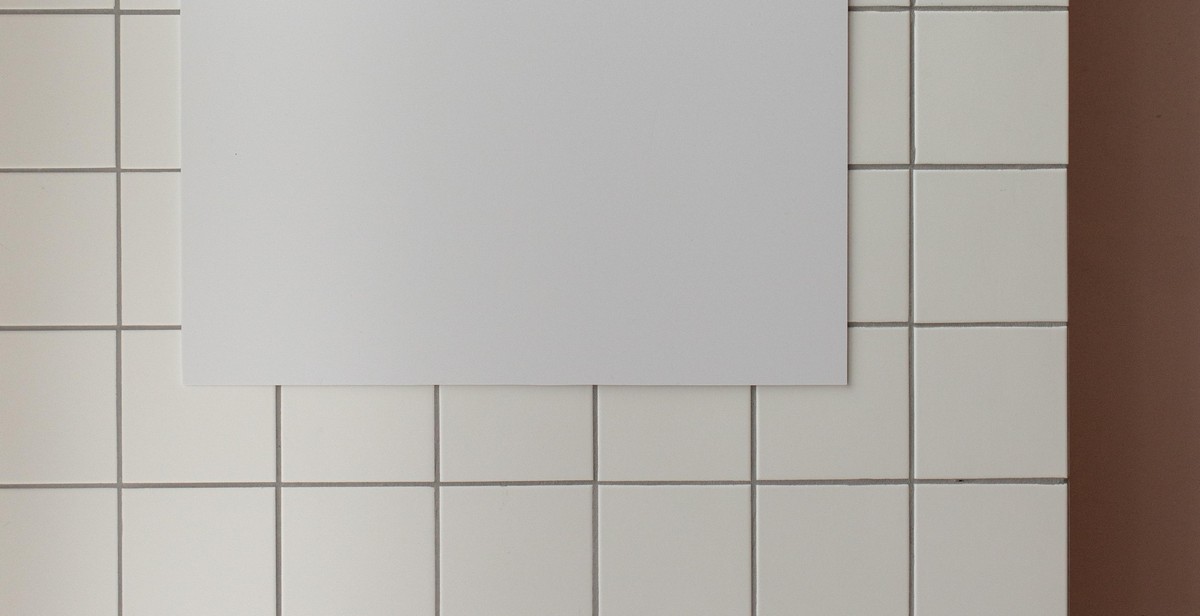How to Design a Productive Home Workspace: Maximizing Efficiency and Focus
With the rise of remote work and the increasing number of people working from home, having a productive home workspace has become more important than ever. A well-designed home office can help you stay focused, boost your productivity, and improve your overall work performance.
Why a Productive Home Workspace is Important
Working from home can be challenging, especially if you don’t have a designated workspace. Without a proper work environment, it can be difficult to stay focused and motivated, leading to decreased productivity and increased stress levels.
Having a productive home workspace is essential for anyone who wants to work efficiently and effectively from home. A well-designed workspace can help you stay organized, reduce distractions, and create a comfortable environment that promotes creativity and productivity.
The Benefits of a Productive Home Workspace
Creating a productive home workspace has numerous benefits, including:
- Increased productivity and efficiency
- Improved focus and concentration
- Reduced stress levels
- Enhanced creativity and innovation
- Improved work-life balance
By following the right design principles and best practices, you can create a home workspace that maximizes your efficiency and focus, making your workday more productive and enjoyable.

Choosing the Right Space
Designing a productive home workspace begins with choosing the right space. Here are some factors to consider when selecting a workspace:
Assessing Your Needs
The first step in choosing the right space for your home workspace is assessing your needs. Consider your work requirements and the tools you need to be productive. For example, if you need a lot of desk space, you may need a larger room or a corner with ample space. If you need a quiet space for phone calls or video conferences, you may need a room with a door that can be closed.
It’s also important to consider your work habits. Do you prefer natural light or a more secluded space? Do you need a space that’s separate from the rest of your home, or are you comfortable working in a shared space?
Finding the Right Location
Once you’ve assessed your needs, it’s time to find the right location for your workspace. Consider the following:
- Proximity to natural light: Natural light can improve mood and productivity. Consider a location with windows or close to a source of natural light.
- Proximity to power outlets: Ensure that your workspace is close to power outlets to charge your devices and power your equipment.
- Noise level: Consider the level of noise in the location you’re considering. If you need a quiet space, look for a location away from high-traffic areas or noisy appliances.
- Accessibility: Ensure that your workspace is easily accessible and that you can move freely within the space.
Creating a Comfortable Environment
Creating a comfortable environment is essential for productivity. Consider the following:
- Temperature: Ensure that your workspace is at a comfortable temperature. If your workspace is in a basement or attic, consider investing in a heating or cooling system.
- Lighting: Choose lighting that’s appropriate for your work. If you’re working on a computer, consider soft lighting to reduce eye strain.
- Ergonomics: Ensure that your workspace is ergonomically designed. Invest in a comfortable chair and desk, and ensure that your computer screen is at eye level.
- Organization: Keep your workspace organized to reduce clutter and improve productivity. Invest in storage solutions like shelves and cabinets to keep your workspace tidy.
| Assessing Your Needs | Finding the Right Location | Creating a Comfortable Environment |
|---|---|---|
| Consider your work requirements and work habits | Proximity to natural light, power outlets, noise level, and accessibility | Temperature, lighting, ergonomics, and organization |

Designing Your Workspace
Designing a workspace that maximizes efficiency and focus is crucial to achieving productivity. Here are some key elements to consider when creating your ideal workspace:
Ergonomics
Ergonomics is the study of designing equipment and devices that fit the human body, making it more comfortable and efficient to use. When designing your workspace, consider the ergonomics of your desk and chair. Your desk should be at a comfortable height, allowing you to sit with your feet flat on the floor and your arms at a 90-degree angle. Your chair should support your back and allow you to sit with your feet flat on the floor. Additionally, consider investing in an ergonomic keyboard and mouse to reduce strain on your wrists.
Lighting
Lighting is an essential element in creating a productive workspace. Natural light is the best option, as it can improve mood and energy levels. If natural light is not available, consider using a daylight-balanced light source. Avoid using fluorescent lighting, as it can cause eye strain and headaches.
Color
The color of your workspace can also affect productivity. Blue and green are calming colors that can help with focus and concentration. Red and yellow are stimulating colors that can increase energy levels. Consider incorporating these colors into your workspace through accent walls, furniture, or decor.
Storage
Storage is essential in keeping your workspace organized and clutter-free. Consider investing in shelving, filing cabinets, and desk organizers to keep your workspace tidy. Additionally, make sure to regularly declutter and get rid of any unnecessary items.
Personalization
Personalizing your workspace can also increase productivity. Choose decor and accessories that inspire you and make you happy. Consider adding plants, photos, or artwork to your workspace to create a welcoming and inspiring environment.
| Element | Importance |
|---|---|
| Ergonomics | Crucial for comfort and efficiency |
| Lighting | Essential for mood and energy levels |
| Color | Affects productivity and mood |
| Storage | Keeps workspace organized and clutter-free |
| Personalization | Inspires and motivates |

Maximizing Efficiency and Focus
Working from home can be both a blessing and a curse. While it provides flexibility and comfort, it can also be challenging to stay focused and productive. Here are some tips for maximizing efficiency and focus while working from home:
Eliminating Distractions
Distractions are the number one enemy of productivity. To eliminate distractions, create a dedicated workspace that is free from any potential interruptions. This can be a separate room, a corner of your bedroom, or even a designated area in your living room. Make sure to keep this space clean and organized to avoid any unnecessary distractions.
Another way to eliminate distractions is to turn off your phone notifications and close any unnecessary tabs on your computer. You can also use noise-cancelling headphones to block out any background noise.
Creating a Schedule
Creating a schedule is crucial for maximizing productivity. Set specific working hours and stick to them. This will help you establish a routine and avoid any procrastination. Make a to-do list each day and prioritize your tasks based on their importance. This will help you stay on track and ensure that you accomplish your goals.
Taking Breaks
While it may seem counterintuitive, taking breaks is essential for staying productive. Taking short breaks throughout the day can help you recharge your batteries and increase your focus. Use this time to stretch, go for a walk, or simply take a few deep breaths. This will help you avoid burnout and stay motivated.
Staying Motivated
Staying motivated when working from home can be challenging. To stay motivated, set realistic goals and reward yourself when you accomplish them. This can be something as simple as taking a break to watch your favorite show or treating yourself to your favorite snack. You can also find an accountability partner or join a virtual community to stay motivated and connected.
By eliminating distractions, creating a schedule, taking breaks, and staying motivated, you can design a productive home workspace that maximizes efficiency and focus.

Conclusion
Designing a productive home workspace is crucial for maximizing efficiency and focus. With the right tools and mindset, you can create a space that allows you to be your most productive self.
Key Takeaways
- Choose a dedicated workspace with minimal distractions.
- Invest in comfortable and ergonomic furniture.
- Use proper lighting and add some greenery.
- Organize your workspace and keep it clutter-free.
- Use technology to your advantage, such as noise-cancelling headphones and productivity apps.
Remember, everyone’s ideal workspace may look different. It’s important to find what works best for you and your specific needs. Don’t be afraid to experiment with different layouts, furniture arrangements, and decor. The key is to create a space that fosters productivity and makes you feel comfortable and inspired.
By following these tips and staying committed to your goals, you can design a home workspace that helps you achieve success in all areas of your life.
| Author: | John Doe |
| Date Published: | June 1, 2021 |
| Category: | Productivity |
